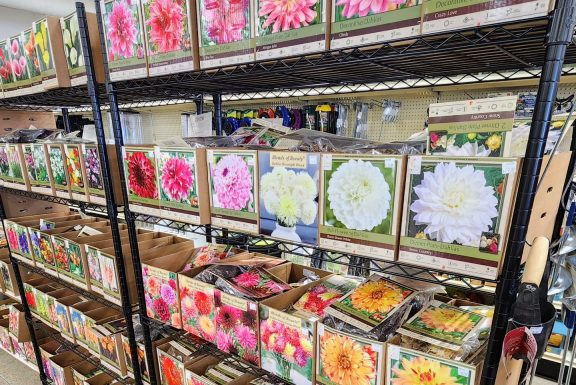
by Drummers Garden Center | Mar 21, 2024 | Bulbs
Planting spring bulbs indoors before transferring them outdoors can be a smart strategy for gardeners aiming to enjoy earlier blooms of spring planted bulbs in summer. As the weather warms up, transitioning these pre-planted bulbs outside can expedite the growth...

by Drummers Garden Center | Oct 26, 2022 | Bulbs, Winter
Be ahead of the spring and get indoor blooms in late winter! Forcing fall bulbs to bloom indoors is a simple way to enjoy color before there is any outside. Watch our YouTube video to get visual examples and quick instructions. First time forcing bulbs? Try Daffodils...

by Drummers Garden Center | Aug 22, 2020 | Bulbs, Garden Planning
By planting fall bulbs now, you’ll be greeted with a warm and blooming welcome that will take your breath away. The anticipation of watching your garden come to life with spring blooms is simply thrilling. When to Plant Plant your fall bulbs when overnight...

by Drummers Garden Center | Nov 25, 2019 | Bulbs, Christmas, Houseplants
Amaryllis bulb planting is super simple and one of the easiest houseplants to take care of after they are done blooming. Watch our quick video on how to plant a single Amaryllis bulb or read the steps below! Find the after blooming care instructions on he bottom of...





